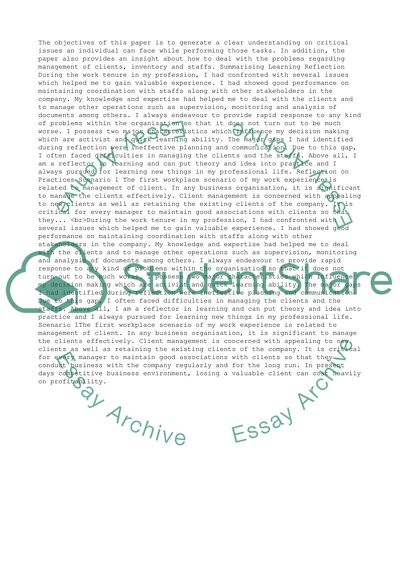Cite this document
(“Managers & Organisations - Reflective Portfolio Assignment”, n.d.)
Managers & Organisations - Reflective Portfolio Assignment. Retrieved from https://studentshare.org/management/1440666-managers-organisations-reflective-portfolio-the
Managers & Organisations - Reflective Portfolio Assignment. Retrieved from https://studentshare.org/management/1440666-managers-organisations-reflective-portfolio-the
(Managers & Organisations - Reflective Portfolio Assignment)
Managers & Organisations - Reflective Portfolio Assignment. https://studentshare.org/management/1440666-managers-organisations-reflective-portfolio-the.
Managers & Organisations - Reflective Portfolio Assignment. https://studentshare.org/management/1440666-managers-organisations-reflective-portfolio-the.
“Managers & Organisations - Reflective Portfolio Assignment”, n.d. https://studentshare.org/management/1440666-managers-organisations-reflective-portfolio-the.


